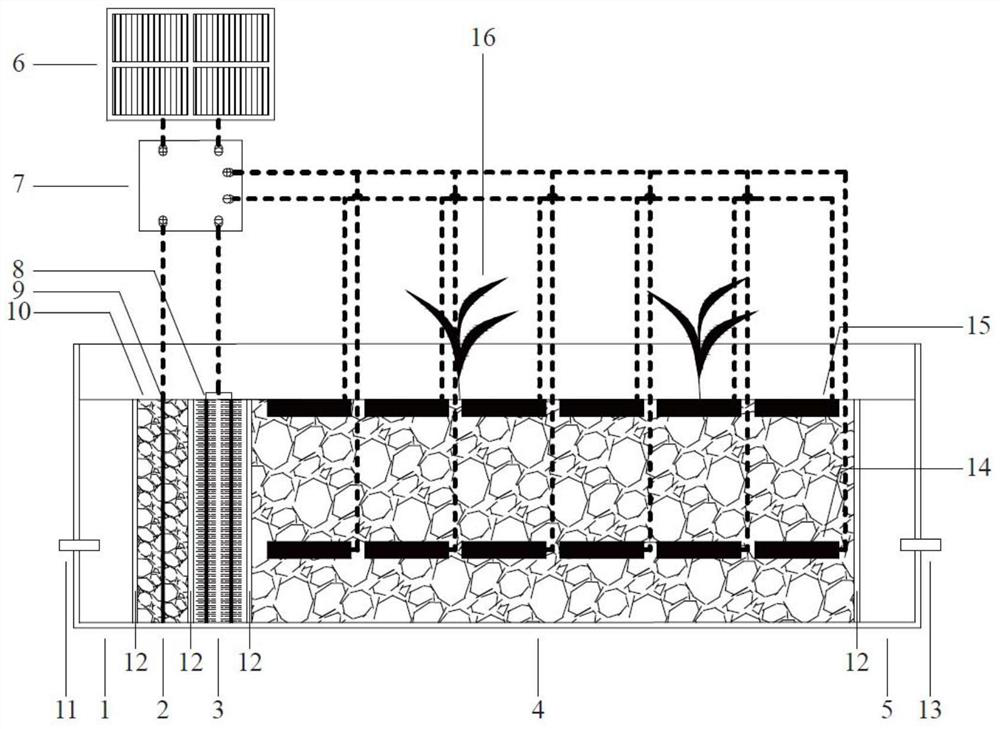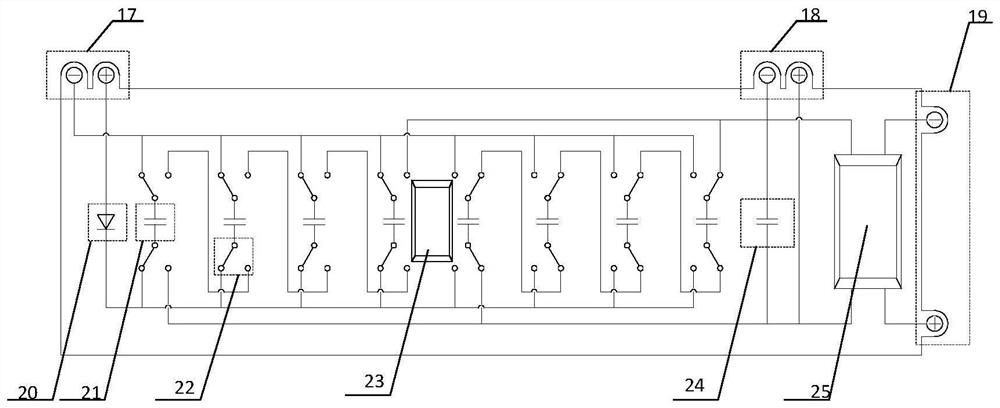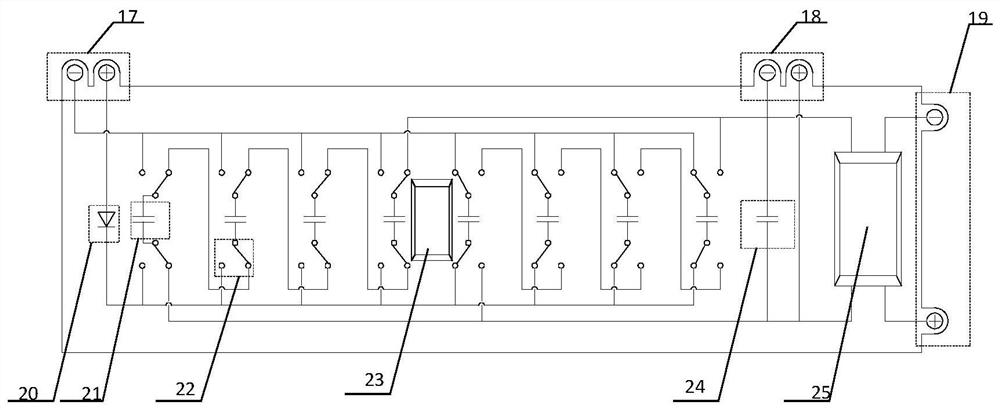Artificial wetland microbial fuel cell sewage treatment device
A fuel cell and constructed wetland technology, which is applied in the field of constructed wetland technology and sewage treatment, can solve the problems of expensive phosphorus recovery and unfavorable wide application, and achieve the effect of improving the removal effect and high purity
- Summary
- Abstract
- Description
- Claims
- Application Information
AI Technical Summary
Problems solved by technology
Method used
Image
Examples
Embodiment Construction
[0030] refer to Figure 1 to Figure 3 , the embodiment of the present invention provides a light energy enhanced phosphorus recovery electrolyzer-constructed wetland microbial fuel cell sewage treatment device, comprising: a water inlet and distribution tank 1 connected sequentially through a perforated water distribution plate, a phosphorus recovery electrolyzer, and a constructed wetland -Microbial fuel cell tank 4 and outlet water collection tank 5; and light energy harvesting device 6 and electric energy management device 7.
[0031] refer to figure 1 , the water inlet distribution tank 1 in the present embodiment is made up of water inlet pipe 11 and water distribution tank, and water inlet pipe 11 is connected with the lower end of water distribution tank, and water distribution tank is connected with the lower end of phosphorus recovery electrolyzer 2, and water distribution tank is connected with phosphorus recovery The electrolytic cells are separated by perforated w...
PUM
 Login to View More
Login to View More Abstract
Description
Claims
Application Information
 Login to View More
Login to View More - R&D
- Intellectual Property
- Life Sciences
- Materials
- Tech Scout
- Unparalleled Data Quality
- Higher Quality Content
- 60% Fewer Hallucinations
Browse by: Latest US Patents, China's latest patents, Technical Efficacy Thesaurus, Application Domain, Technology Topic, Popular Technical Reports.
© 2025 PatSnap. All rights reserved.Legal|Privacy policy|Modern Slavery Act Transparency Statement|Sitemap|About US| Contact US: help@patsnap.com



